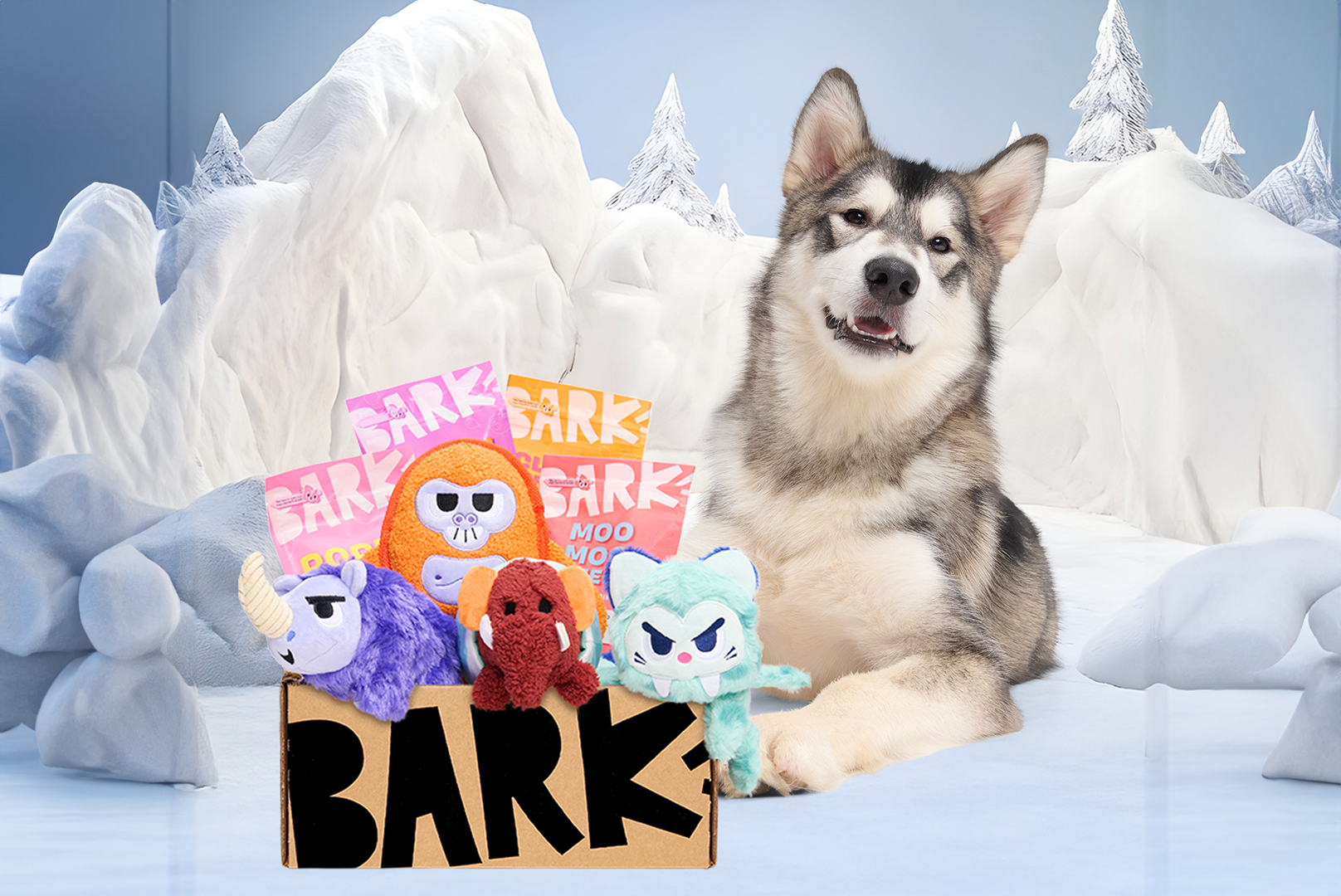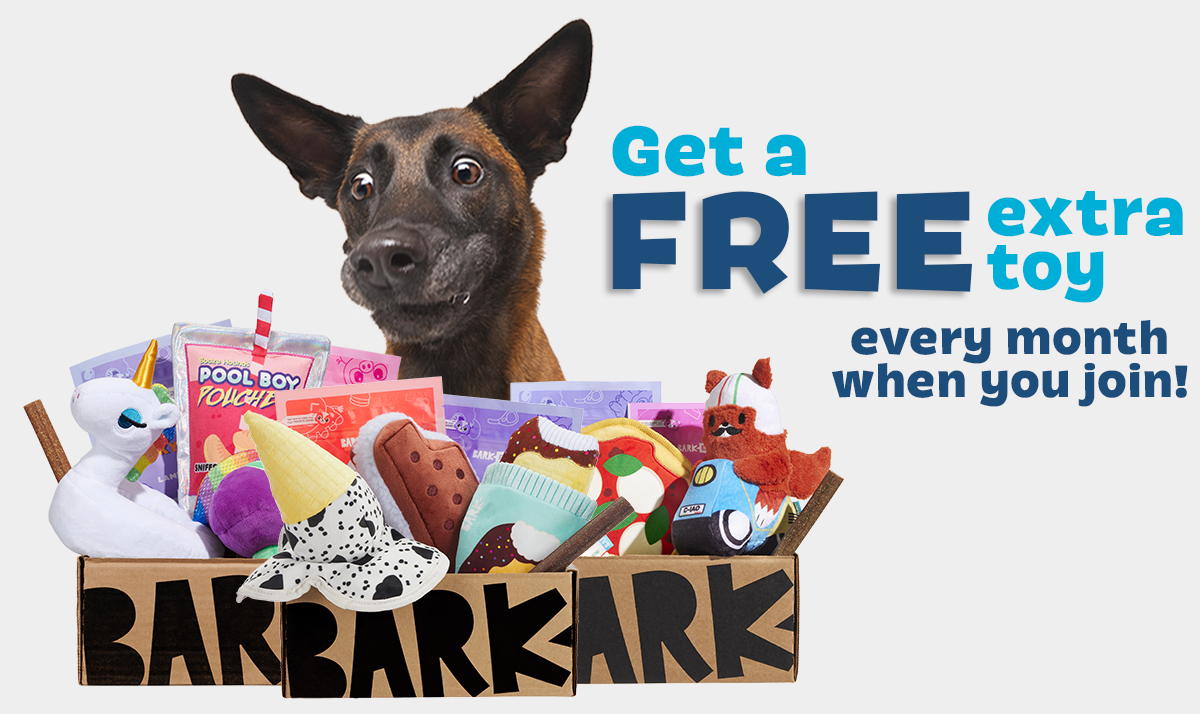As giant as they are gentle, Newfoundlands are enormous work dogs that make unparalleled companions. If you’re looking for a dog that can rival a human companion, the Newfoundland breed offers size and personality to match. These pups are known for their sweet, patient nature, their love of family, and their trainability.
With flat, coarse coats in colors including, gray, brown, and black and a tongue often hanging out, this breed has a shaggy, somewhat silly look that only amplifies its lovability. They’re fast to make friends and build lasting relationships. As working dogs, their endurance and capacity to take on difficult tasks are unmatched by nearly any other breed. What else would you expect from a super-sized pup with a can-do attitude?
Breed Overview
Also Known As…
Originally, the Greater Newfoundland. Today, Newfs, Newfies, “nanny dogs.” The gentle giant. The bubbly behemoth. The pup of the house that’s as big as a house.
What Is The History Of The Newfoundland?
In the northeast corner of Canada, you’ll find the province of Newfoundland and Labrador. That’s right, two of the world’s most popular dogs earned their name from one Canadian locale. A former British colony, Newfoundland and Labrador city, have a rich history, including the origin story of this breed.
The cold and sparsely populated northern territories of Canada became the home of Irish and English fishermen working off the coast of the Atlantic. After arriving in Canada in the 19th century, these early migrants discovered two distinct breeds of working dogs native to the region. The first was the ancestor of the modern-day labrador retriever. The second became known as the Newfoundland.
These dogs quickly became an essential part of the burgeoning fishing industry of northern Canada. Fishermen and ship captains welcomed these dogs aboard as unofficial crew members, utilizing the breed for water rescues. A drowning sailor could be saved by a brave Newfoundland diving in and using their webbed feet to fight back against the strong currents of the Atlantic. Additionally, a Newfoundland puppy can help haul fishing nets, carts, and heavy objects, working as impromptu dock hands.
By the 20th century, Newfoundlands were officially welcomed into the American Kennel Club, and since 1930, the Newfoundland Club of America has served as the official parent club for the breed. There have been several well-known Newfoundlands throughout history, from Lord Byron’s Boatswain to Bobby Kennedy’s Brumus. Of course, Newfies aren’t snooty or self-important despite their 15 minutes of fame. They’re big bundles of joy that value a loving home over all else.
How Big Do Newfoundlands Get?
Height: 26–28 inches
Weight: 100–150 pounds
How Long Do Newfoundlands (Generally) Live?
As with many large dog breeds, you can expect 9 to 10 joy-filled years with your Newfoundland puppy.
What Is A Newfoundland’s Temperament & Personality Like?
Cool as a cucumber—a really, really big cucumber. Newfoundlands are even-keeled, super sweet, and seriously mellow. You might be surprised that these behemoths can stay so relaxed, but their carefree attitudes are a staple of the breed. They’re the quintessential gentle giants, bred with companionship and compassion in mind.
That being said, this breed still gets excited, particularly when you’re holding a treat or their favorite toy. Plus, they’re always eager for a car ride to the beach or a quick walk to the park. Either way, they’re thrilled to spend time with their #1 person.
Are Newfoundlands Good With Kids? Cats? Dogs?
Forget about a babysitter! You’ve found yourself a full-on nanny dog. Okay, supervision is still essential when introducing pups and tots, but this breed is a perfect companion for children of all ages. With a gentle and patient nature, the Newfoundland is well suited for spending time with the family, and they’re highly resilient to childhood horseplay. That said, encourage thoughtful and safe behavior around your Newfie. Take time to show your human kiddos how to treat your Newfoundland dog , and introduce new people in quiet, stress-free environments.
Their friendly nature extends to cats and other dogs, as well. A Newfoundland pup is right at home with an entire pack of Pomeranians or Goldendoodles, rarely exhibiting aggression toward other pets, especially after training and adjusting to their home environment.
Are Newfoundlands High Energy?
Newfies walk that perfect line between excitement and serenity. They’re not likely to rush around the room at all hours, but when playtime comes, they’ll run, jump, and fetch just as happily as any dog.
You’ll want to allocate about an hour each day for exercise. While they’ll happily go for a walk through the neighborhood or take a trip to a dog park, they’d also appreciate the occasional swim. If you live near water, don’t hesitate to treat your pup to a dip. Newfies are practically half fish.
Are Newfoundlands Hard To Train?
As highly intelligent working dogs, Newfoundlands are capable of learning complex commands, solid doggy manners, and even a handful of tricks, if you’re so inclined. Like all breeds, positive reinforcement is your best tool for effective training sessions.
Notably, larger dog breeds often take longer to mature than smaller breeds.2 It might take a little extra time to train your Newfie, and you may be met with short attention spans and low engagement during their first few months of puppydom. Don’t give up yet, though. Your pup has plenty of time to learn the basics of good doggy behavior.
Do Newfoundlands Have Health Issues?
Newfoundlands are tough. You’d expect as much considering the harsh wilderness of the vast Canadian north. With routine vet checkups, preventative care, and proper vaccinations, Newfoundlands can remain fit and healthy well into their golden years.
While the breed is generally considered resilient, there are a handful of medical issues to consider when taking care of your Newfie, including:
- Bloat – A condition caused by gas, food, or liquid filling a dog’s stomach to the point of rapid expansion; this life-threatening condition is often the result of dietary issues and stress.3 There are several treatment options for bloat, and through careful preventative care, you can likely avoid this medical issue altogether.
- Joint problems – Hip and elbow dysplasia are issues of concern for many dog breeds, especially big boys like the Newfoundland. Keep an eye out for joint and mobility issues as they age.
- Bladder problems – Newfies may be more likely to develop bladder stones through the condition known as cystinuria.4 The stones may lead to inflammation, infection, and discomfort for your pup, so if you suspect they’re dealing with a potential bladder problem, don’t hesitate to visit the vet.
Do Newfoundlands Need To Be Groomed?
Take one look at a Newfoundland ,and you’ll have some idea of how much hair these pups have. This breed regularly sheds, leaving fur on floors, furniture, and clothing. The shedding nearly doubles during seasonal changes.
Fortunately, you don’t have to sit back and let all that fur cover your home. With regular bathing every 4 to 6 weeks and consistent brushing a few times per week, you can fight back against all that excess fluff.
If your pup is prone to a matted, tangled coat, you may need to take them to the groomer for a trim. This shed-heavy breed doesn’t require regular haircuts, but you’ll want to remove any tangles or debris that you can’t brush out.
How Much Does It Cost To Care For A Newfoundland?
If you’re ready to bring a Newfie back home, you’ll want to plan ahead budget-wise. On average, you can expect to spend $1200 to $2000 per year taking care of your Newfoundland. Don’t look to your Newfoundland dog to split the bill—they always forget their wallets.
Food
Their size rivals that of an adult human—their appetite might, too. For a standard Newfoundland, 4 to 5 cups of food a day (split between at least two meals) should be the perfect amount to maintain a healthy weight and energy levels. That can add up quickly, costing you around $100+ each month for meals.
For a better way to feed your Newfie, try BARK Eats. It’s crafted by veterinary experts and specially designed for your breed. It’s great food at a great price, delivered straight to you and your pup. Get 50% off your first month!
Routine Vet Care (Healthy Dog)
Routine examinations typically cost about $50. You may spend several hundred more to cover any recommended testing or treatments, based on your vet’s findings.
Preventative Medications For Newfoundlands
In the United States, Flea and tick prevention is essential for all dogs, and preventative medications are far less expensive than the cost of treatment. Prices vary, but you’ll likely spend around $100 for a year’s worth of parasite prevention.
Newfoundland Grooming
With massive, furry canines, grooming expenses can add up, between combs and brushes ($10–$50), pup-friendly shampoos ($10–$30), clippers, and trimmers ($10–$30), and other grooming accessories. If you opt to visit a professional groomer, you’ll likely be paying $50–80 or more per appointment, due to the sheer size of your pup.
Toys, Treats, Beds, & Accessories
You’re almost there! Before you can fully welcome your Newfie into their new living quarters, you’ll want the toys, treats, and doggy essentials that will make them feel truly at home. When it comes to Newfoundlands, it’s all about finding products that match their specific size and needs. Frequently, you’ll be seeking out the largest variation of collars ($15–$40), chew toys ($5–$20), and dog beds ($100–$150) on the market.
For convenient treats and toys, BarkBox delivers 2 toys, 2 full-size bags of treats, and a tasty chew to your door every month, all for $23 per box. And, for Newfoundlands looking to bite down even harder, there’s the Super Chewer upgrade for $29 per month. The subscription includes 2 fluff-free, durable toys, 2 full-size bags of treats, and 2 meaty chews, and now you can double your first box for free!
Last but not least, you might want to budget for the events when you need some extra help, including:
- Dogwalkers ($15–$40)
- Kenneling ($40–$80 per night)
- Professional training ($50–$100 per session)
Sources:
- American Kennel Club. Newfoundland.
- American Kennel Club. How to Train a Newfoundland Puppy: Timeline & Schedule.
- Fetch by Web MD. Dog Bloat: How to Protect Your Pup. https://pets.webmd.com/dogs/gastric-volvulus-bloat-dogs
- VCA Hospitals. Cystine Bladder Stones in Dogs. https://vcahospitals.com/know-your-pet/cystine-bladder-stones-in-dogs
- Love Newfoundlands. 10 Famous Newfoundland Dogs. https://lovenewfoundlands.com/10-famous-newfoundland-dogs/
- Pet MD. Newfoundland. https://www.petmd.com/dog/breeds/c_dg_newfoundland





